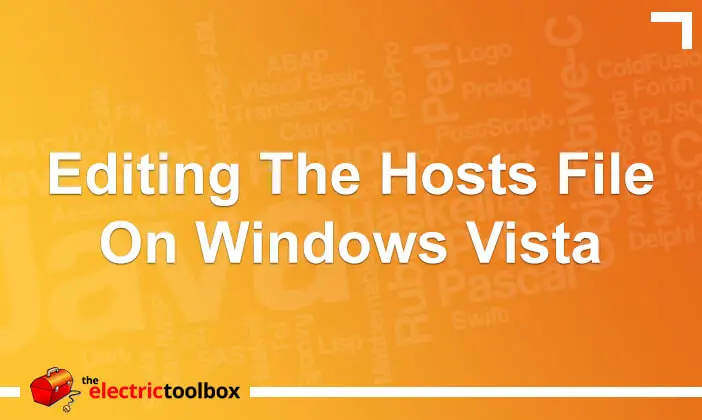Enable the Web Interface for uTorrent
The uTorrent bittorrent client has a web interface which allows you to control uTorrent with a web browser. This means you can control uTorrent while you are out and about or, in my case, from an upstairs laptop when the actual download is happening in my downstairs office. This post looks at how to enable the web interface for uTorrent version 1.7.7. It should work for all 1.7 versions.

